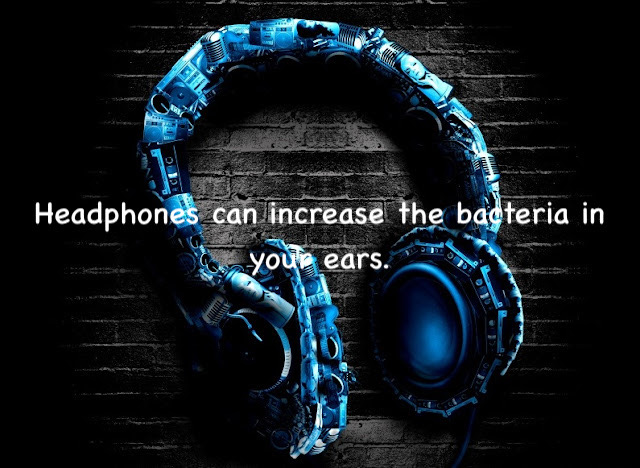
In our noise-filled world, headphones have become our sanctuary, transporting us to realms of music and sound. But did you know that your cherished earphones can harbor a hidden menace? Join us in unraveling the mystery of how headphones can unwittingly become breeding grounds for ear bacteria. In this comprehensive guide, we'll not only shed light on the issue but also offer practical solutions to safeguard your auditory bliss.
Unveiling the Hidden Truth: How Headphones Can Increase Ear Bacteria
In our ever-evolving world, technology has become an integral part of our lives. From smartphones to laptops, we are constantly surrounded by gadgets that enhance our day-to-day experiences. Among these, headphones hold a special place, allowing us to delve into our world of music or audio. However, there's an alarming issue that we often overlook - the potential for headphones to increase the bacteria in our ears. In this blog post, we will delve into the reasons behind this problem, its consequences, and most importantly, how to correct it.
Understanding the Issue
You may have never considered it, but your headphones can be a breeding ground for bacteria. How does this happen, you ask? Well, it's a combination of factors. First, our ears naturally produce wax, which acts as a protective barrier against foreign particles, including bacteria. However, when headphones are placed in our ears, they can push the wax deeper inside, making it a cozy home for bacteria to thrive. Secondly, the warmth and humidity created inside the ear canal when wearing headphones provide an ideal environment for bacteria to multiply.
Consequences of Ear Bacteria
Increased ear bacteria can lead to a range of problems, including:
1. Ear Infections: Bacterial overgrowth can cause painful ear infections, leading to discomfort and hearing issues.
2. Skin Irritations: Itchy, red, or inflamed skin in and around the ear can result from bacterial growth.
3. Reduced Sound Quality: Bacterial buildup on headphone speakers can affect sound quality and lead to a less enjoyable audio experience.
Now that we understand the problem, let's focus on practical solutions to correct it:
1. Hygiene is Key: Start with clean ears. Before using your headphones, ensure that your ears are free from excess wax and moisture. Regularly clean your ears with a damp, soft cloth, and if needed, use over-the-counter ear drops to help keep your ears dry.
2. Headphone Maintenance: Your headphones need some love too. Wipe them down with a disinfectant regularly, focusing on the earbud tips and earpad cushions. Make sure to unplug your headphones before cleaning and avoid excessive moisture.
3. Earbud Covers: Consider using disposable or washable earbud covers. These can act as a protective barrier between your headphones and your ears, reducing the risk of bacterial transfer.
4. Volume Control: Avoid turning up the volume too high, as this can cause you to push the headphones deeper into your ear canal, potentially exacerbating the issue.
5. Share Carefully: Avoid sharing your headphones with others, as this can transfer bacteria and increase the risk of infections.
While the thought of headphones increasing ear bacteria may seem unsettling, it's a problem that can be easily managed with proper care and hygiene. By following the steps outlined in this blog post, you can continue to enjoy your favorite music and audio content without the worry of ear-related issues. Remember, prevention is key, and a little maintenance goes a long way in preserving both your hearing health and the quality of your audio experience.
As we wrap up our exploration of the relationship between headphones and ear bacteria, remember that knowledge is power. By taking a few simple steps, you can maintain both your ear health and the sound quality of your headphones. A harmonious audio experience and healthy ears are within your grasp!